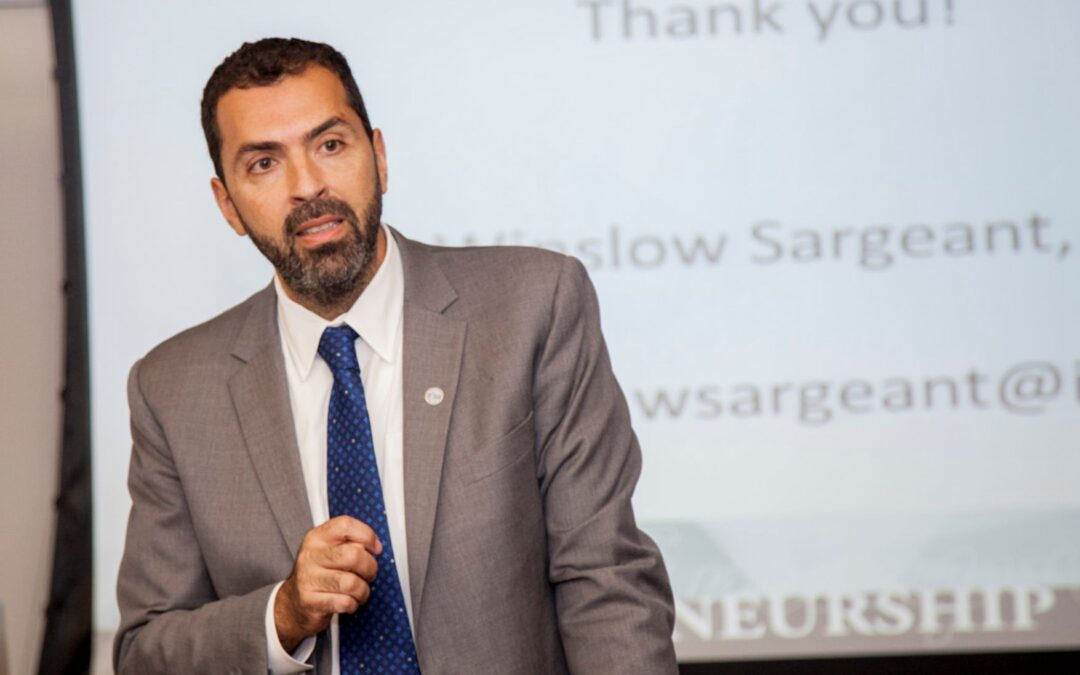That term “social distancing” is an interesting one, and perhaps even a bit ambiguous or confusing. Using the word “social” doesn’t clearly capture what we are being asked to do.
It felt like one day we were at dinner with our friends hugging, laughing, putting our arms around each other. Then it appeared as if overnight, we were all 6 feet apart—more than at arm’s length. That distance can feel sad because we long for human connection, touch, and being in close proximity to one another. We are social creatures by nature. But one of the tiniest of all organisms has built walls between us in a way, yet that distance is one of the only ways we can defeat it.
Medical experts at WHO, the United States CDC, the White House Coronavirus Task Force, and other organizations universally agree that we need to maintain space—6 feet, the distance scientists believe a sneeze can travel—from one another. It’s the minimum amount of space we need to keep between us to slow or stop the spread of this virus. They call it “social distancing.”
That term “social distancing” is an interesting one, and perhaps even a bit ambiguous or confusing. Using the word “social” doesn’t clearly capture what we are being asked to do. When we think of that word social, we actually get the idea of gathering together as in “socializing.” How can you be “social” but yet distance yourself from others? The words seem to contradict each other. What we are really being asked to do is “physical distancing.” There can really be nothing “social” about slowing the impact of COVID-19. We must heed the collective voice of sound advice universally given by medical professionals. And no matter what term they use, the meaning is the same—keep your distance from other people to stop the spread of disease.
But does our physical distance mean that we can no longer be social? The internet has proved that the answer is a resounding NO. Virtual dance parties streamed live, neighbors in cities singing and playing music to one another on balconies, neighborhoods conducting Zumba classes with everyone safely within their own yards, having cocktails via internet conferencing—it’s the very essence of being social. Despite having to keep our physical distance, we are still connecting with one another on a social level in all sorts of ways. In fact, that distance seems to have sparked social creativity born out of necessity—finding ways to do things together that we might not have thought of before, even with people on the other side of the world. Even while the physical world is waging a battle around us, the digital world mercifully allows us to stay connected, especially at a time when people need it the most. It isn’t really social distancing that much after all.
Also, read Dr. Winslow’ s Article on MEDIUM (click here)
Article written by:
Dr. Ayman El Tarabishy
ICSB Executive Director
Deputy Chair Department of Managament
George Washington University School of Business
Dr. Winslow Sargeant
President-Elect
ICSB


